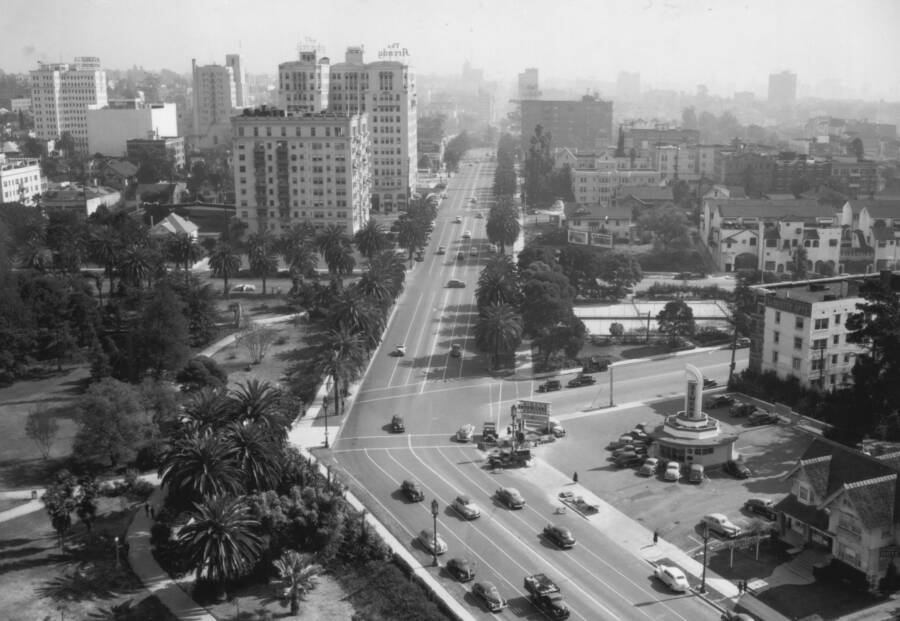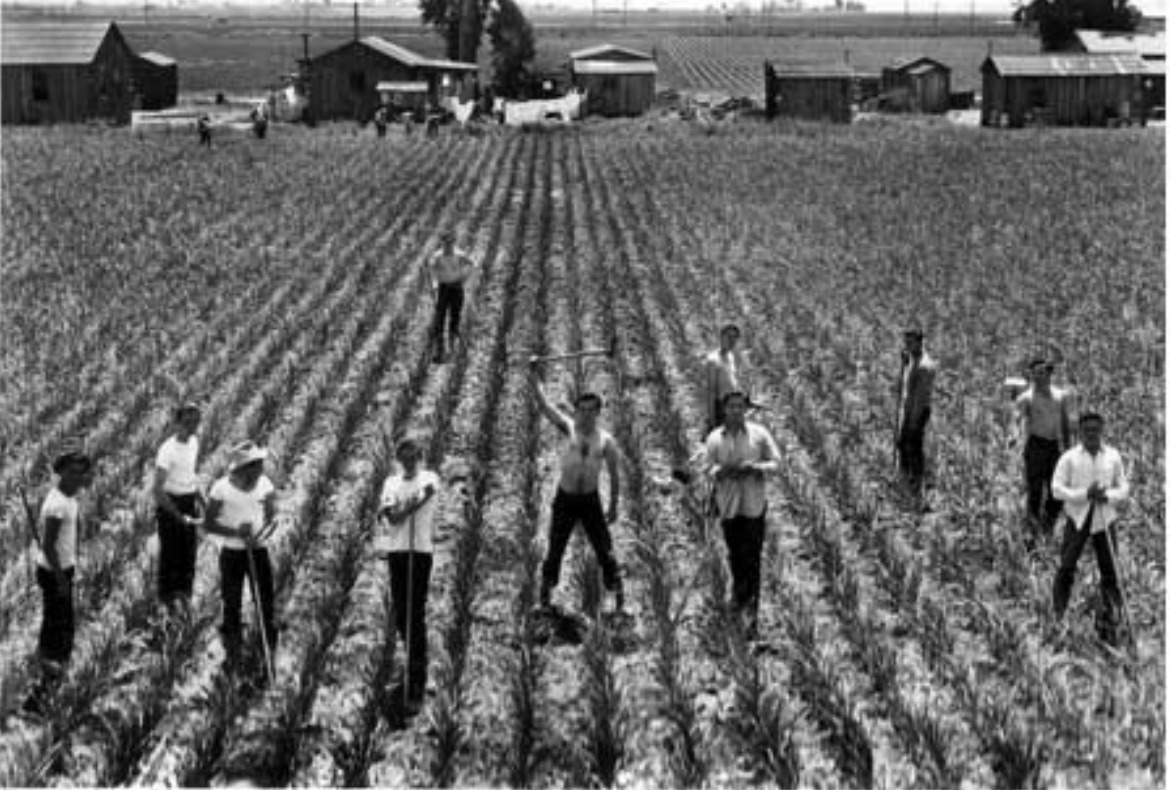WWII on the West Coast
During World War II, two major cities were taking action in California. Due to their location and size, these two areas became the stronghold of the west coast. The San Francisco Bay Area served as America's "Arsenal of Democracy" during World War II, bringing about such significant developments that the conflict years came to be known as the "Second Gold Rush." At that time, the region functioned as a pipeline to the Pacific, a coastal stronghold, and the arsenal's shipyard.
Historians call World War II the most significant event ever to occur in Los Angeles... even though it didn't occur in Los Angeles. Aircraft and ship manufacturers provided jobs, higher wages, and more open hiring, including women workers. The military personnel stationed at the new military sites and training facilities and the enormous rush of workers from all over the United States employed in the expanding defense industry were substantially responsible for California's population growth during and after the war. With all the activity in the new economy, The Bay Area and Southern California saw unparalleled military, technical, and industrial progress, which sparked a wave of immigration, population growth, employment opportunities, and the rise of vast industrial, urban, and suburban regions.
San Fransisco and Los Angeles's most crucial contribution to WWII was shipbuilding. Prior to 1940, Only 23 ships were launched from American shipyards. 4,600 ships were launched from American shipyards in the five years following 1940. Nearly 45% of all the warships and 20% of all the cargo ships built in the nation during World War II were constructed by shipyards in the San Francisco Bay Area. During World War II, there were two major shipbuilding manufacturers in Los Angelos, those companies supplied more than 40,000 ship manufacturing jobs during the years of the war, and in that time, they built around 467 ships, which is about a ship a day.
Between 1941 and 1944, the United States, California in particular, quadrupled its productivity for aircraft manufacturing. In 1943 they exceeded the combined efforts of USSR and the UK, as well as Germany and Japan. in the climax of the war more aircrafts were built in one year than had been manufactured since the creation of the airplane in 1903 by the Wright Brothers. "The war was won as much by machine shops as machine guns (Dana T. Parker)." Area's like in Southern California like Burbank saw a huge urban boom during the years of the war because of the amount of manufacturing going on in SoCal. in less than 5 years the US manufactured 300,000 planes. The goal set by President Roosvelt was 50,000. The US took pride and security in their manufacturing of aircrafts. They even went so far as to camfoluge an entire town for fear of a bombing and aerial strikes. The evolution and manufacturing of Aircrafts during WWII helped the allied forces turn the tides of the war against the tyranny of the Axis Powers
You can't talk about the disruption of agriculture in California without mentioning the intolerable discrimination of Japanese Americans during WWII. The California Farm bureau quoted that During the 1930s and 40s Japanese American Farmers grew nearly 40% of all vegetables in California, including 100% of peppers, celery, and tomatoes. In 1942 just days after the internment of the Japanese Americans, the San Francisco News published details about the lowering percentage of crops harvested in California. More stories were being created daily about the effects that the internment would have on crops, but they were never published. One theory is that the US did not want that information to be public for fear of Axis knowing the capacity of food, most important fruits and vegetables, had lowered. the demand for crops stayed consistent, while the production fell drastically, places like Santa Clara County recruited high school boys to offset the shortage





